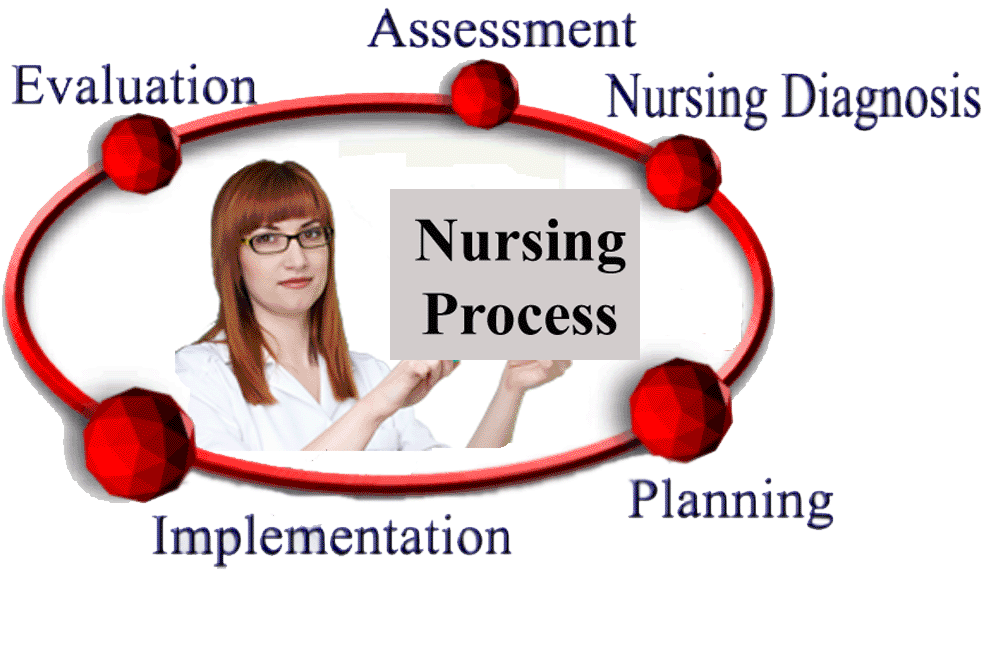Gordon’s Functional Health Patterns is a method develops By Marjorie Gordon in 1987 proposed functional health patterns as a guide for establishing a comprehensive nursing data base. By using these categories it’s possible to create a systematic and standardized approach to data collection, and enable the nurse to determine the following aspects of health and human function:
11 Gordon’s Functional Health Patterns
- Health Perception Health Management Pattern
- Nutritional Metabolic Pattern
- Elimination Pattern
- Activity Exercise Pattern
- Sleep Rest Pattern
- Cognitive-Perceptual Pattern
- Self-Perception-Self-Concept Pattern
- Role-Relationship Pattern
- Sexuality-Reproductive
- Coping-Stress Tolerance Pattern
- Value-Belief Pattern
Health Perception and Health Management. It’s focused on the person’s perceived level of health and well-being, and on practices for maintaining health. Also evaluated Habits including smoking and alcohol or drug use.
- Contamination
- Disturbed energy field
- Effective therapeutic regimen management
- Health-seeking behaviors (specify)
- Ineffective community therapeutic regimen management
- Ineffective family therapeutic regimen management
- Ineffective health maintenance
- Ineffective protection
- Ineffective therapeutic regimen management
- Noncompliance (ineffective Adherence)
- Readiness for enhanced immunization status
- Readiness for enhanced therapeutic regimen management
- Risk for contamination
- Risk for infection
- Risk for injury
- Risk for perioperative positioning injury
- Risk for poisoning
- Risk for sudden infant death syndrome
- Risk for suffocation
- Risk for trauma
- Risk-prone health behavior
Nutritional Metabolic Pattern it’s focused on the pattern of food and fluid consumption relative to metabolic need. Is evaluated the adequacy of local nutrient supplies. Actual or potential problems related to fluid balance, tissue integrity, and host defenses may be identified as well as problems with the gastrointestinal system.
- Adult failure to thrive
- Deficient fluid volume: [isotonic]
- Deficient fluid volume: hyper/hypotonic
- Effective breastfeeding [Learning Need]
- Excess fluid volume
- Hyperthermia
- Hypothermia
- Imbalanced nutrition: more than body requirements
- Imbalanced nutrition: less than body requirements
- Imbalanced nutrition: risk for more than body requirements
- Impaired dentition
- Impaired oral mucous membrane
- Impaired skin integrity
- Impaired swallowing
- Impaired tissue integrity
- Ineffective breastfeeding
- Ineffective infant feeding pattern
- Ineffective thermoregulation
- Interrupted breastfeeding
- Latex allergy response
- Nausea
- Readiness for enhanced fluid balance
- Readiness for enhanced nutrition
- Risk for aspiration
- Risk for deficient fluid volume
- Risk for imbalanced fluid volume
- Risk for imbalanced body temperature
- Risk for impaired liver function
- Risk for impaired skin integrity
- Risk for latex allergy response
- Risk for unstable blood glucose
Elimination Pattern. It’s focused on excretory patterns (bowel, bladder, skin).
- Bowel incontinence
- Constipation
- Diarrhea
- Functional urinary incontinence
- Impaired urinary elimination
- Overflow urinary incontinence
- Perceived constipation
- Readiness for enhanced urinary elimination
- Reflex urinary incontinence
- Risk for constipation
- Risk for urge urinary incontinence
- Stress urinary incontinence
- Total urinary incontinence
- Urge urinary incontinence
- [acute/chronic] Urinary retention
Activity and Exercise Pattern. It’s focused on the activities of daily living requiring energy expenditure, including self-care activities, exercise, and leisure activities.
- Activity intolerance
- Autonomic dysreflexia
- Decreased cardiac output
- Decreased intracranial adaptive capacity
- Deficient diversonal activity
- Delayed growth and development
- Delayed surgical recovery
- Disorganized infant behavior
- Dysfunctional ventilatory weaning response
- Fatigue
- Impaired spontaneous ventilation
- Impaired bed mobility
- Impaired gas exchange
- Impaired home maintenance
- Impaired physical mobility
- Impaired transfer ability
- Impaired walking
- Impaired wheelchair mobility
- Ineffective airway clearance
- Ineffective breathing pattern
- Ineffective tissue perfusion
- Readiness for enhanced organized infant behavior
- Readiness for enhanced self care
- Risk for delayed development
- Risk for disorganized infant behavior
- Risk for disproportionate growth
- Risk for activity intolerance
- Risk for autonomic dysreflexia
- Risk for disuse syndrome
- Sedentary lifestyle
- Self-care deficit
- Wandering
Cognitive-Perceptual Pattern. It’s focused on the ability to comprehend and use information and on the sensory functions. Neurologic functions, Sensory experiences such as pain and altered sensory input.
- Acute confusion
- Acute pain
- Chronic confusion
- Chronic pain
- Decisional conflict
- Deficient knowledge
- Disturbed sensory perception
- Disturbed thought processes
- Impaired environmental interpretation syndrome
- Impaired memory
- Readiness for enhanced comfort
- Readiness for enhanced decision making
- Readiness for enhanced knowledge
- Risk for acute confusion
- Unilateral neglect
Sleep Rest Pattern. It’s focused on the person’s sleep, rest, and relaxation practices. To identified dysfunctional sleep patterns, fatigue, and responses to sleep deprivation.
- Insomnia
- Readiness for enhanced sleep
- Sleep deprivation
Self-Perception-Self-Concept Pattern its focused on the person’s attitudes toward self, including identity, body image, and sense of self-worth.
- Anxiety
- disturbed Body image
- Chronic low self-esteem
- Death anxiety
- Disturbed personal identity
- Fear
- Hopelessness
- Powerlessness
- Readiness for enhanced hope
- Readiness for enhanced power
- Readiness for enhanced self-concept
- Risk for compromised human dignity
- Risk for loneliness
- Risk for powerlessness
- Risk for situational low self-esteem
- Risk for [/actual] other-directed violence Risk for [actual/] self-directed violence
- Situational low self-esteem
Role-Relationship Pattern. It’s focused on the person’s roles in the world and relationships with others. Evaluated Satisfaction with roles, role strain, or dysfunctional relationships.
- Caregiver role strain
- Chronic sorrow
- Complicated grieving
- Dysfunctional family processes: alcoholism (substance abuse)
- Grieving
- Impaired social interaction
- Impaired verbal communication
- Ineffective role performance
- Interrupted family processes
- Parental role conflict
- Readiness for enhanced communication
- Readiness for enhanced family processes
- Readiness for enhanced parenting
- Relocation stress syndrome
- Risk for caregiver role strain
- Risk for complicated grieving
- Risk for impaired parent/infant/child attachment
- Risk for relocation stress syndrome
- Social isolation
Sexuality and Reproduction. It’s focused on the person’s satisfaction or dissatisfaction with sexuality patterns and reproductive functions.
- Ineffective sexuality patterns
- Rape-trauma syndrome
- Sexual dysfunction
Coping-Stress Tolerance Pattern. its focused on the person’s perception of stress and coping strategies Support systems, evaluated symptoms of stress, effectiveness of a person’s coping strategies.
- Compromised family coping
- Defensive coping
- Disabled family coping
- Impaired adjustment
- Ineffective community coping
- Ineffective coping
- Ineffective denial Post-trauma syndrome
- Readiness for enhanced community coping
- Readiness for enhanced coping
- Readiness for enhanced family coping
- Risk for self-mutilation
- Risk for suicide
- Risk for post-trauma syndrome
- Self-mutilation
- Stress overload
Value-Belief Pattern it’s focused on the person’s values and beliefs.
- Impaired religiosity
- Moral distress
- Readiness for enhanced religiosity
- Readiness for enhanced spiritual well-being
- Risk for impaired religiosity
- Risk for spiritual distress Spiritual distress











